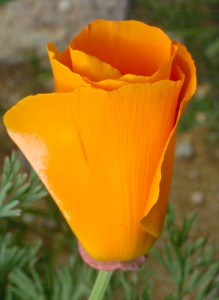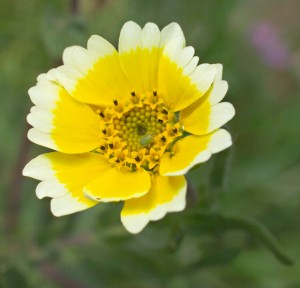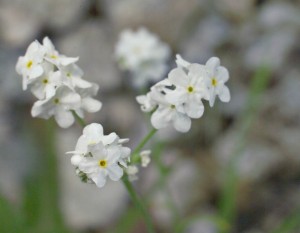 The further the lens is from the sensor the closer the point of focus is to the lens. I have always thought that this is counterintuitive. If I want to focus closer, and thus make the subject bigger I need to move the lens away from the film or sensor. Regardless of how it should be this is the way it is. So if I could put an empty tube between the lens and the camera body the lens would become a macro lens? Yes, that is exactly right. There are two kids of empty tubes: rigid ones called extension tubes and flexible tubes called bellows.
The further the lens is from the sensor the closer the point of focus is to the lens. I have always thought that this is counterintuitive. If I want to focus closer, and thus make the subject bigger I need to move the lens away from the film or sensor. Regardless of how it should be this is the way it is. So if I could put an empty tube between the lens and the camera body the lens would become a macro lens? Yes, that is exactly right. There are two kids of empty tubes: rigid ones called extension tubes and flexible tubes called bellows.
I think that extension tubes are much easier to work with, particularly in the field. Still you need to do zone focusing, which I discussed in the last blog. A bellows will give you continuous focus. In fact if you start with a long lens, like a 135mm lens, you can focus to infinity with a bellows. Of course this only works with a lens that isn’t in a mount designed for a camera, like an enlarging lens or even a view camera lens. But you can use a standard camera lens, like a 50 f1.8 with an extension tube or a bellows. Fixed focal length lenses, particularly shorter focal lengths work very well with either the bellows or the tubes.
Nikon has made a lot of both tubes and bellows over the years. The first tubes I know about were the K tubes. These were completely manual. Not only didn’t they give the camera any auto-focus information or exposure information, they didn’t even stop the lens down automatically. When you see a set of these they’ll generally be pretty cheap. There are also a lot of other brand tubes that are very inexpensive. Since there are no actual optics in an extension tube buying cheap may make sense.
 There is one tube that I should mention the Nikon BR-4. This tube will stop down a lens before you shot if you use a dual cable release. So you can use this with manual tubes like the K tubes, or with a bellows, because bellows don’t stop the lens down either. You can also use it if you reverse mount a lens, which I’ll get to soon.
There is one tube that I should mention the Nikon BR-4. This tube will stop down a lens before you shot if you use a dual cable release. So you can use this with manual tubes like the K tubes, or with a bellows, because bellows don’t stop the lens down either. You can also use it if you reverse mount a lens, which I’ll get to soon.
I really like having a few extension tubes in the camera case. They don’t take up much room and they provide a really high quality macro image. I’ve attached a bunch of images made with extension tubes. One other thing I want to mention about bellows: you can adapt a view camera to a digital camera and use the bellows of the view camera. This gives you camera movements in addition to simple bellows. You can read more about his here. Next time, more macro!
I have a new article on Architectural Lighting coming out in the May/June issue of Photo Technique Magazine . I hope you’ll check it out. I also hope you’ll check out my classes at BetterPhoto.
An Introduction to Photographic Lighting
Portrait Lighting on Location and in the Studio
Business to Business: Commercial Photography
Thanks, John Siskin


Thank you for noticing. There are a lot of fun things you can do with micro equipment.
John
Comment by John Siskin — April 22, 2011 @ 9:20 pm
Super jazzed about gtentig that know-how.
Comment by Dina — July 3, 2011 @ 2:16 am